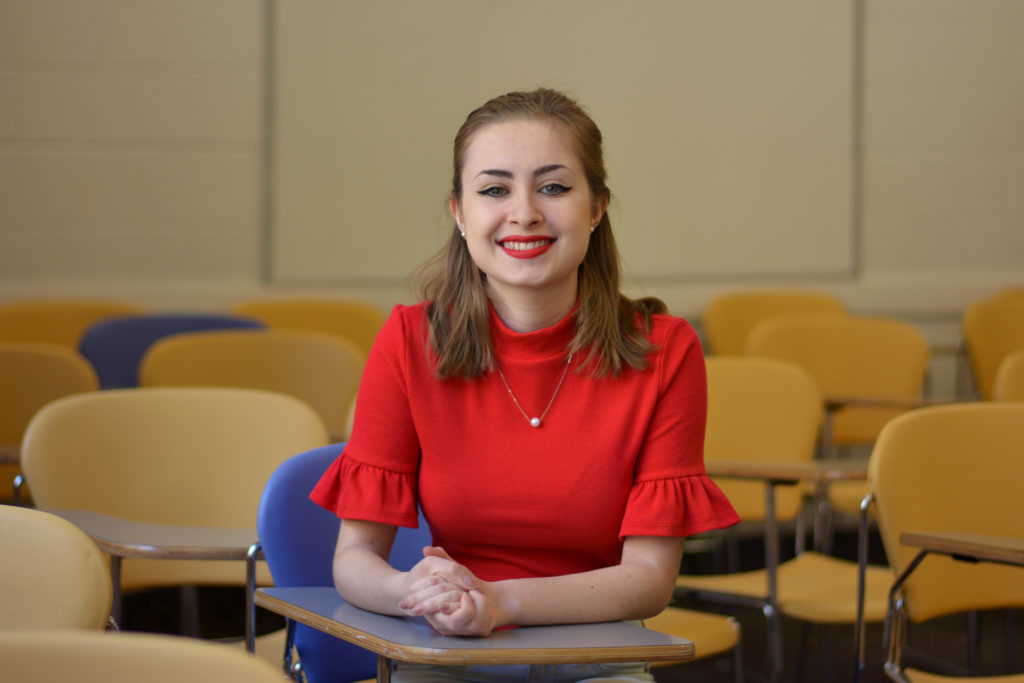Students and faculty are evaluating ways to reduce auxiliary academic costs.
Members of the Faculty Senate partnered with student leaders earlier this semester to form the Academic Resource Subcommittee, which will convene for the first time on Thursday, members said. Those involved said the subgroup, which falls under the jurisdiction of the Faculty Senate’s Educational Policy Committee, will research the price of required materials like textbooks and clickers and suggest ways to cut costs for students ahead of the fall semester.
Jason Zara, an associate professor of biomedical engineering and the chairman of the subcommittee, said the group will weigh how much students should expect to spend on class materials that are not publicized before registration.
“The deliverable would be a clear statement of University policy on these practices to the faculty, as well as a recommendation to the University on how faculty might be made aware of existing resources and/or ways to reduce financial impact on students,” Zara said in an email.
The subcommittee is currently composed of five faculty and staff, including Zara; Gaetano Lotrecchiano, an associate professor of clinical research in the medical school; Elizabeth Amundson, the associate provost and registrar; Candice Johnson, the director of operations and online learning in the Milken Institute School of Public Health; and Yordanos Baharu, the executive director of academic enterprise applications in the Instructional Technology Lab.
Lotrecchiano and Baharu declined to comment, deferring to the subcommittee’s leadership, and Johnson and Amundson did not return requests for comment.
Four student leaders also serve on the committee: Ashley Le, the Student Association president; Nicole Cennamo, the SA’s vice president for academic affairs; SA Sen. Rilind Abazi, ESIA-U; and Drisya Antose, a member of the SA’s student engagement committee.
Cennamo said the subcommittee plans to meet monthly and will serve as a “formalized channel” to address and discuss concerns about the costs of academic materials. She said the group’s first task will be recommending a standardized clicker brand after SA leaders compiled survey results earlier this semester finding that students often incur unexpected and repeated expenses for clickers – handheld devices used to answer questions in class.
“Sometimes, students can walk in on the first day and not realize they have to spend close to $50 on clickers,” she said. “That was the inspiration for the committee.”
Cennamo said representatives from the clicker company TopHat have reached out to members of the group about becoming the University’s main clicker brand but added that the committee will also consider rival services like Turning Point and iClicker.
She said the group hopes to suggest a single clicker brand by the fall and draft recommendations on reducing other academic costs, like textbooks and photo equipment, later in the year. The committee will push faculty to list required textbooks and equipment online before the “adoption deadline,” the last date for professors to note their textbook requirements before class registration opens, she said.
“Right now, the starting point is clickers, but the goal is to use this committee as a platform to explore all kinds of academic fees students are forced to pay,” Cennamo said.
Le, the SA president and a member of the Faculty Senate’s Education Policy Committee, said she joined the subgroup to “advocate for the needs of students.”
“The Educational Policy Committee decided that it would be very necessary to bring together students who work together in terms of academic resources and faculty to really look at the practice of faculty requiring students to spend money on course materials,” she said.
Abazi, the SA senator representing the Elliott School of International Affairs, said he joined the Academic Resource Subcommittee last week after helping to produce the report on clicker brands earlier this semester. He said the subcommittee is one of the “tangible steps” students and officials have taken to institutionalize SA suggestions about cutting the costs of clickers and other academic materials.
“The overall goal is that we are trying to look at academic costs and ways that we can decrease the costs for students while also making it efficient and convenient for faculty,” he said.
Antose, a member of the SA’s student engagement committee, said she joined the group because she wants to ensure that students do not have to pay for materials they were not aware of before registering for a class. She said she had to pay for a few different clicker brands this academic year, which was not clear until she received each course’s syllabus.
“If there’s a course you want to take, it should always be transparent what the professor expects you to have,” she said.





